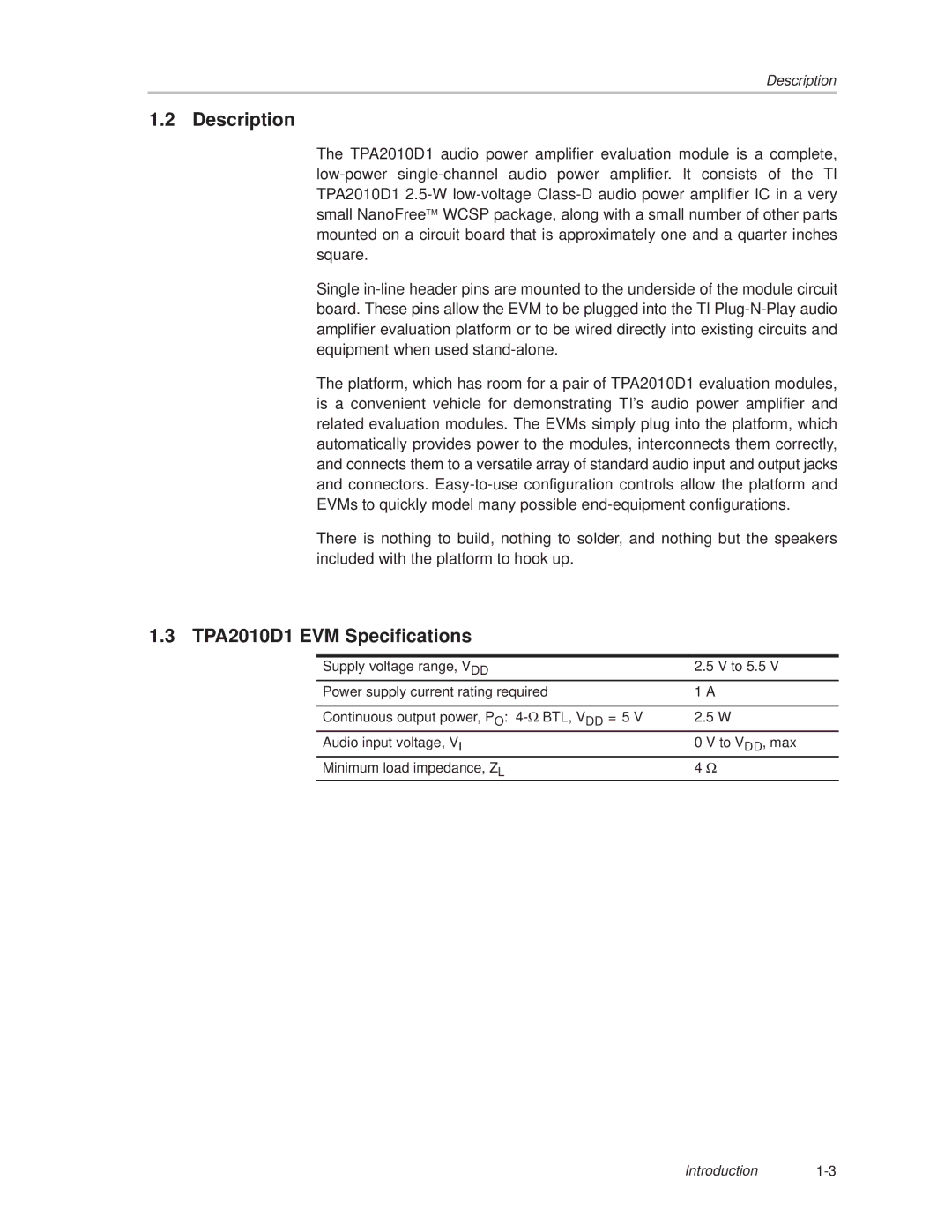2004 specifications
Texas Instruments (TI) is a prominent American technology company that made significant strides in 2004, further establishing its reputation in the fields of semiconductor products and digital signal processing. Known for its innovation, TI focused heavily on developing advanced technologies that catered to the booming electronics market.One of the key features of Texas Instruments in 2004 was its commitment to improving integrated circuits, particularly in the realm of analog and digital signal processing. The company released a range of new products that included high-performance analog chips, which were essential for converting real-world signals – such as sound and light – into digital data that can be processed by computers. These chips were particularly recognized for their precision and efficiency, making them invaluable in various applications, from consumer electronics to industrial systems.
In 2004, Texas Instruments also made waves with its advancements in embedded processing technologies. This included enhancing its digital signal processors (DSPs), which were crucial for audio and video processing as well as telecommunications. The DSPs from TI were celebrated for their speed and low power consumption, allowing devices to operate more efficiently while maximizing performance.
Another notable characteristic of TI in 2004 was its focus on wireless technology. The company launched products aimed at bolstering wireless communications, which was becoming increasingly important as mobile computing and communications gained traction. TI’s contributions included improved components for Bluetooth and Wi-Fi connectivity, which enabled devices to communicate more effectively.
Moreover, Texas Instruments maintained a strong emphasis on education and outreach, particularly through its initiatives aimed at promoting STEM (Science, Technology, Engineering, and Mathematics) education. The company actively engaged with schools, providing resources and tools to help inspire a new generation of engineers and technologists.
In summary, Texas Instruments in 2004 was characterized by its advancements in integrated circuits, digital signal processing, and embedded technologies. With a keen understanding of market trends and consumer needs, TI positioned itself as a leader in the semiconductor industry, while also playing a vital role in education and community development. The company's focus on innovation and performance would continue to shape the technological landscape for years to come.

